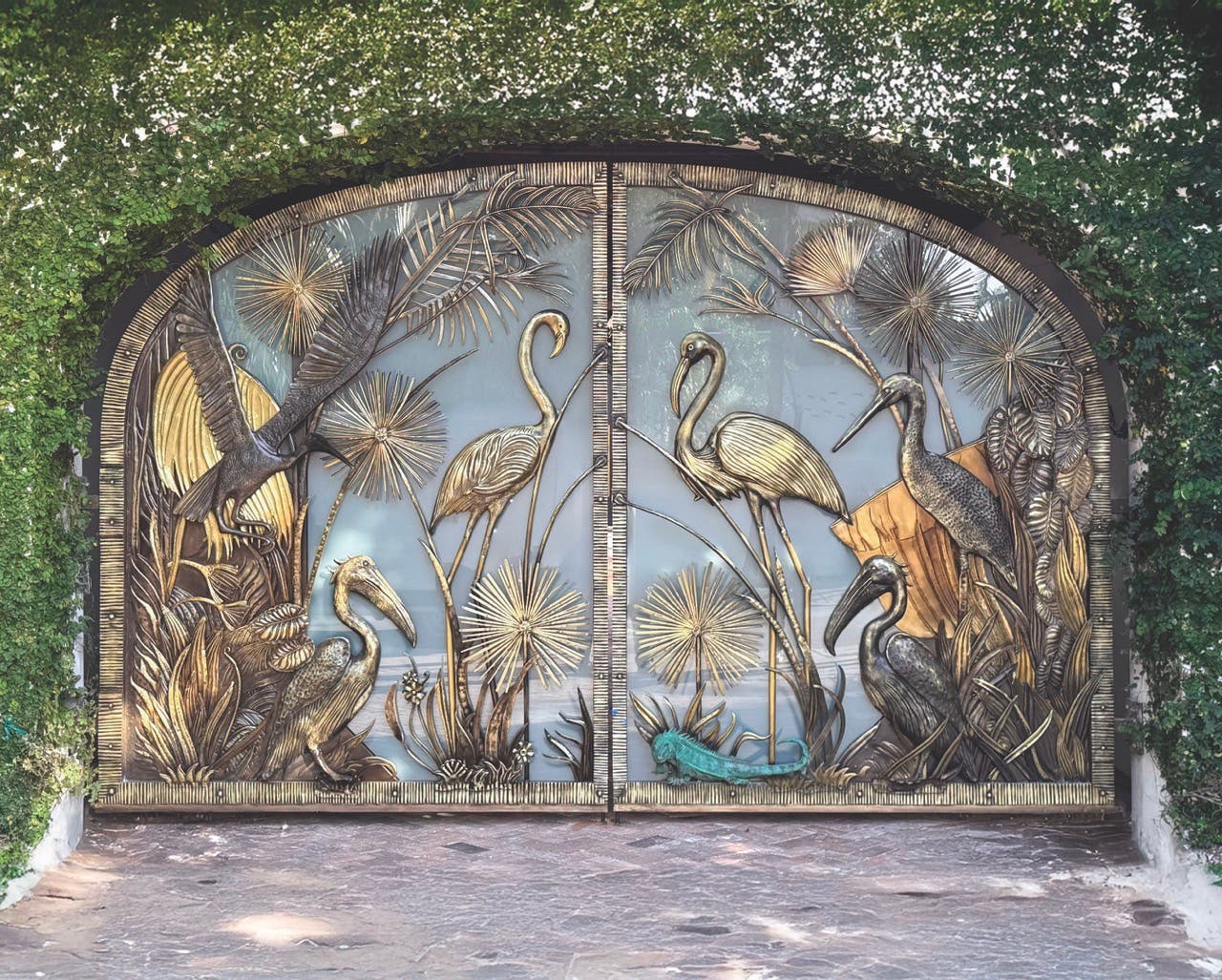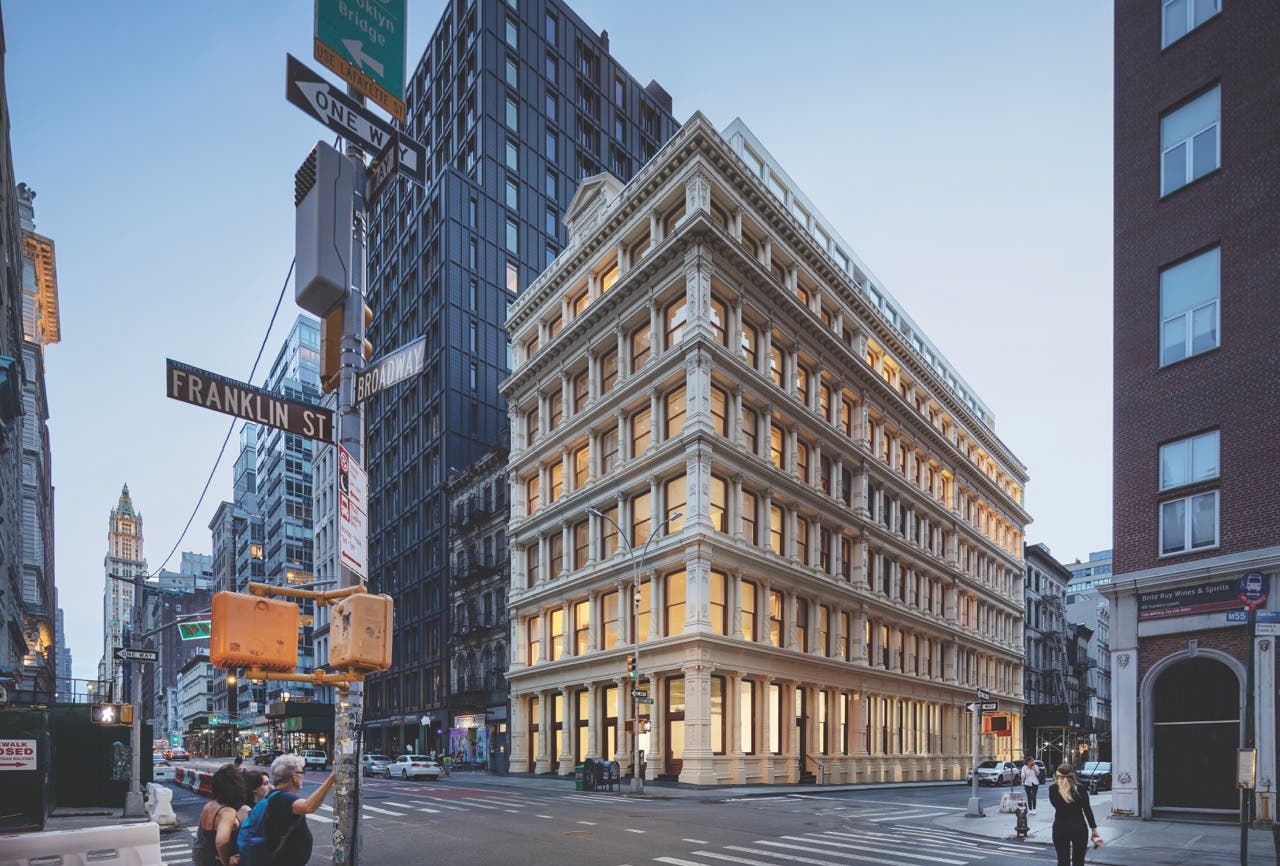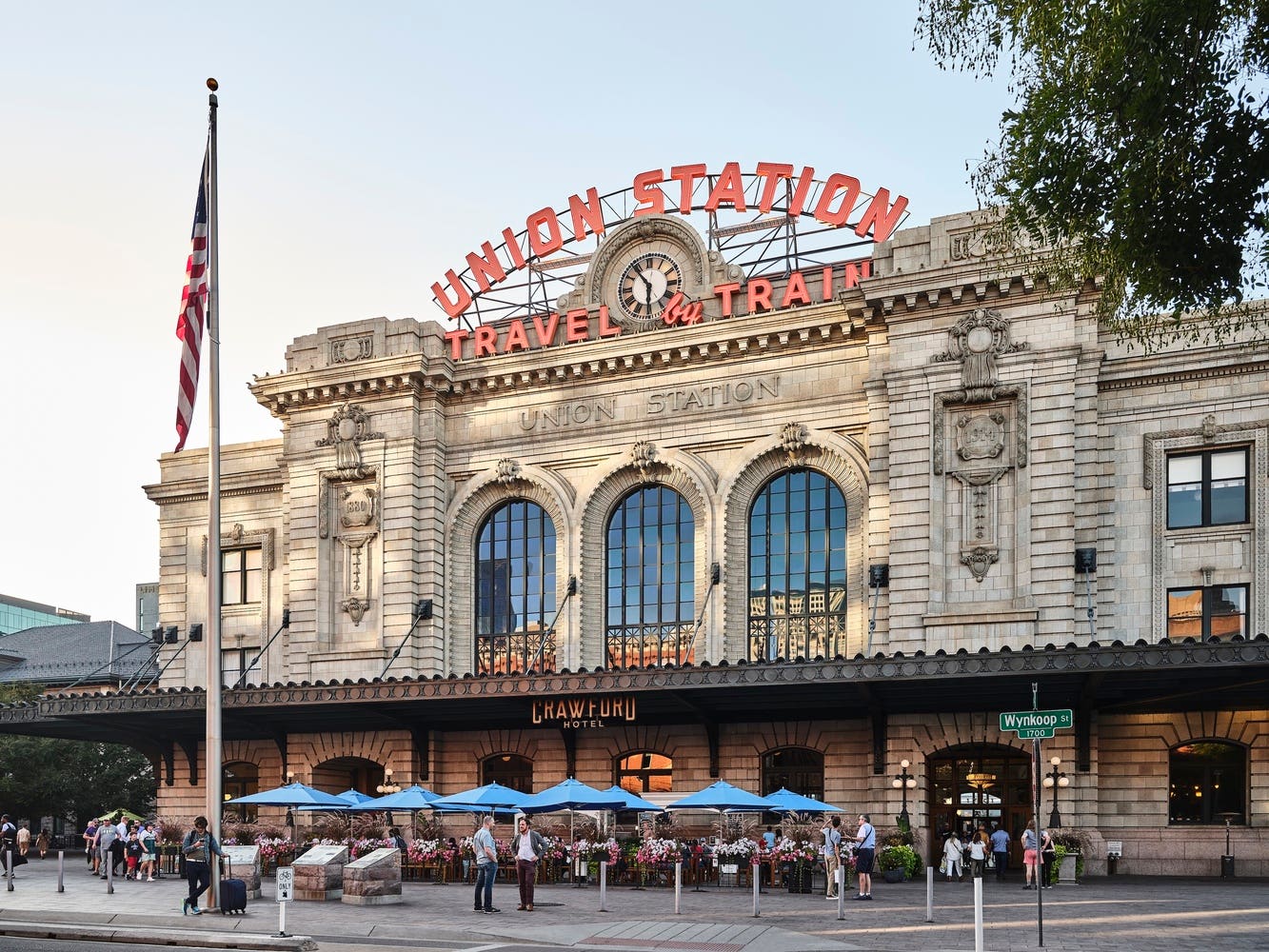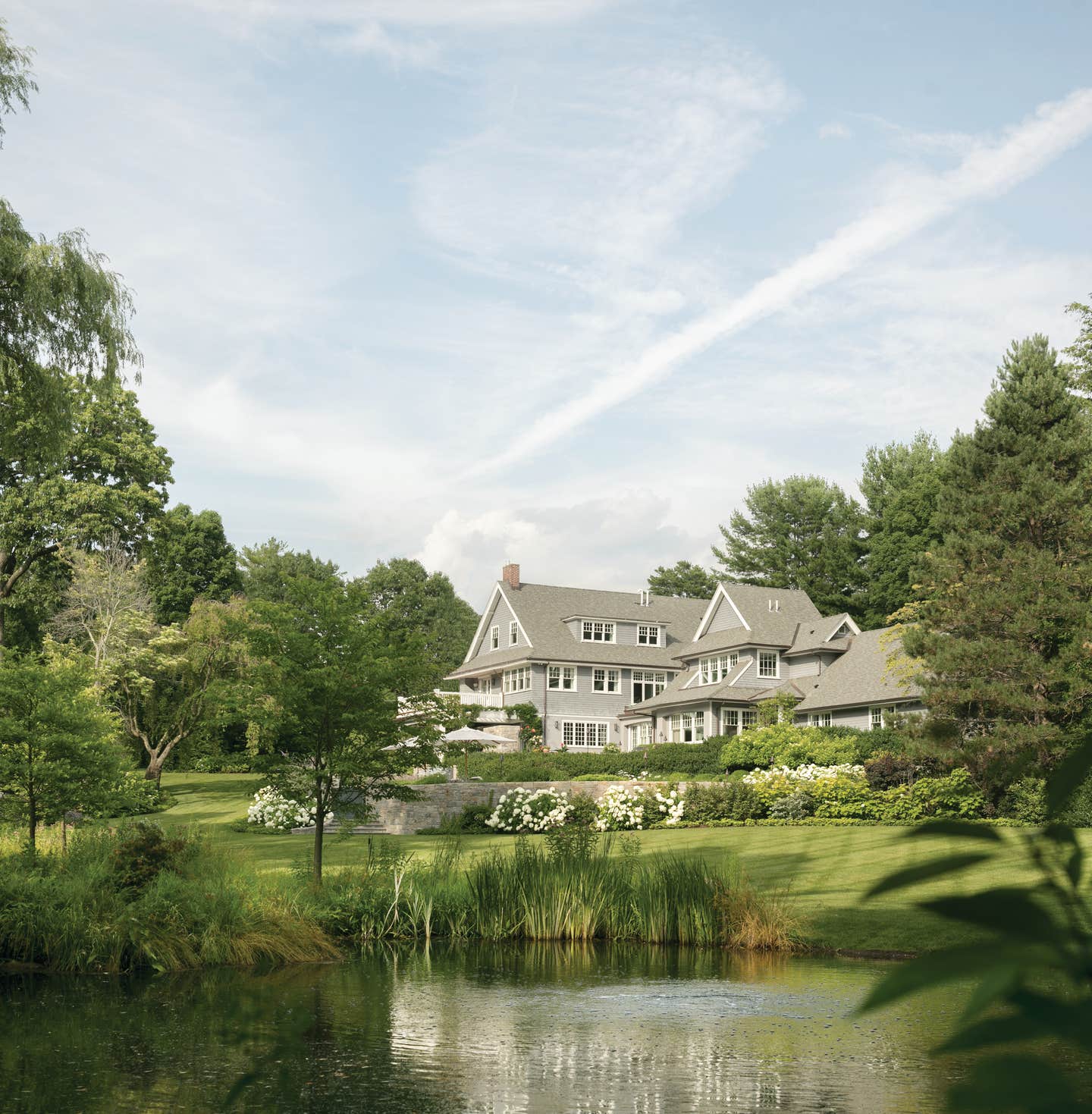
Features
Interview: Q and A with Landscape Architect Dan Gordon
The founder and principal of Dan Gordon Landscape Architects is a product of his environment. Having grown up in a turn-of-the-century suburb of Boston, he was privileged to have been surrounded by neighborhoods, parks, and estates designed by Frederick Law Olmsted (1822–1903), often called the father of landscape architecture. While Classical architecture and historic gardens are clear sources of inspiration, Gordon also designs in response to contemporary contexts and concerns. No matter the project, his objective is always to sculpt clearly defined, well-proportioned, and functional landscapes in harmony with their surroundings.
Can you trace your interest in landscape architecture back to a particular influence?
The subject of historic gardens is central to my work as a landscape designer. I grew up in Brookline, Massachusetts, which was developed during the American Renaissance, also called the New England Renaissance—a period from the 1830s until the end of the American Civil War. During that time, there was a lot of interest in European Classical architecture, particularly French, Italian, and English. America was in a golden age and was investing in culture. Olmsted was active at this time, and his offices were in Brookline. He was partly responsible for designing a subdivision on Fisher Hill, which is where I was raised. The neighborhood and landscape around it had a huge influence on me—when I lived there, it was about 60 years old and flourishing.
What about Olmsted’s work has made its way into your own?
He had a respect for what has been termed the “genius of place.” I don’t call it that when discussing my work, but some of his design principles remain constant. I call it context. The three things I consider when designing a landscape are the site, the architecture, and the client’s aspirations. I consider how the landscape I design will relate to the existing site and architecture of the buildings—both from the exterior point of view and from the interiors—because that should be seamless.
In looking at Olmsted, there are a handful of central ideas at work, chief among them is how the designed landscape relates to the place. This fundamental idea hasn’t changed. Another idea is to conceal the art—it is best if your work blends into the existing conditions and is inconspicuous, almost subliminal. This means the proportions feel right, comfortable, and humanistic. Additionally, the utility of a place is more important than the ornament. We don’t want landscapes to be overly decorative; we want them to be beautiful but comfortable, not pretentious. Olmsted created an aesthetic that was not necessarily seen and understood but it was felt and appreciated.
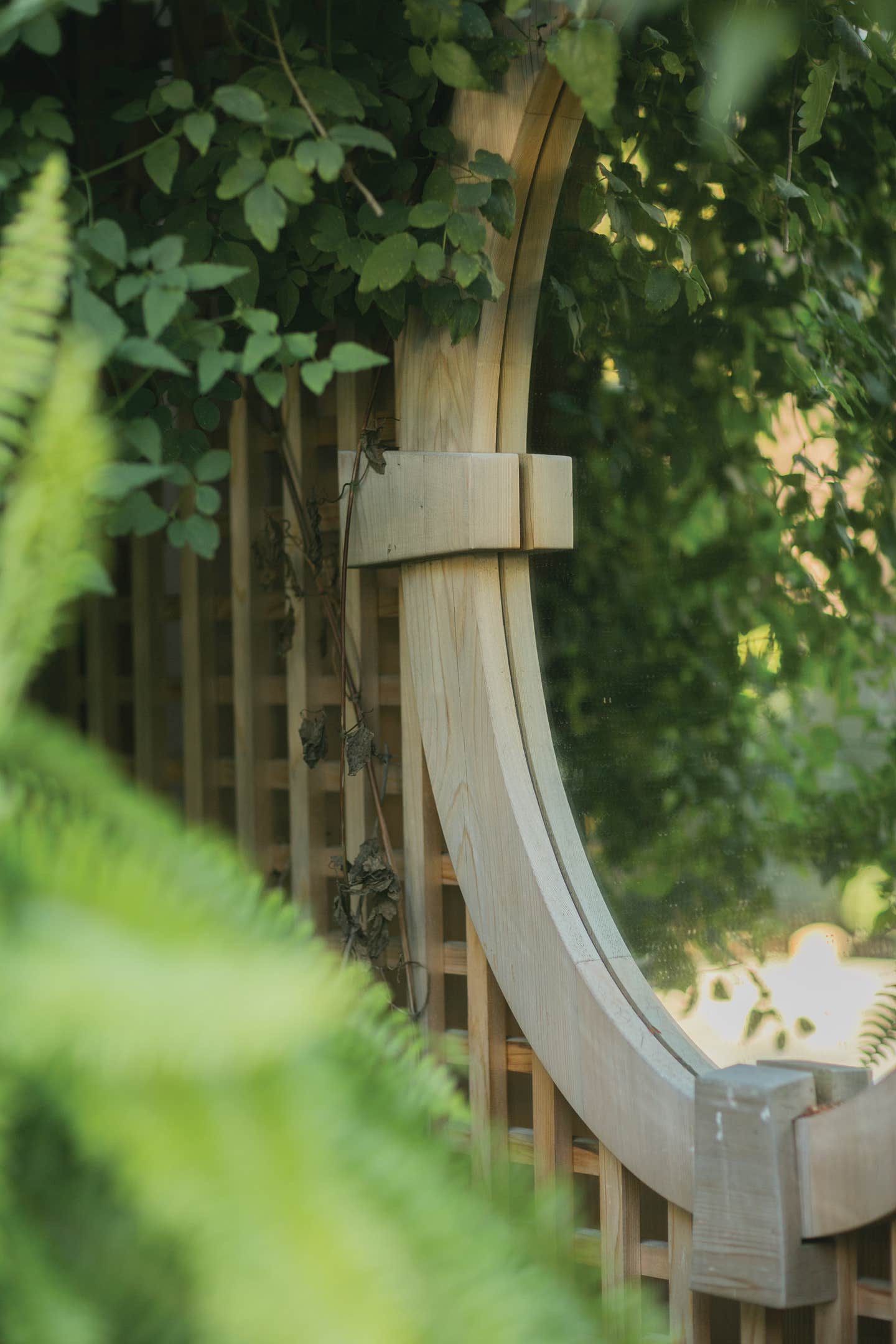
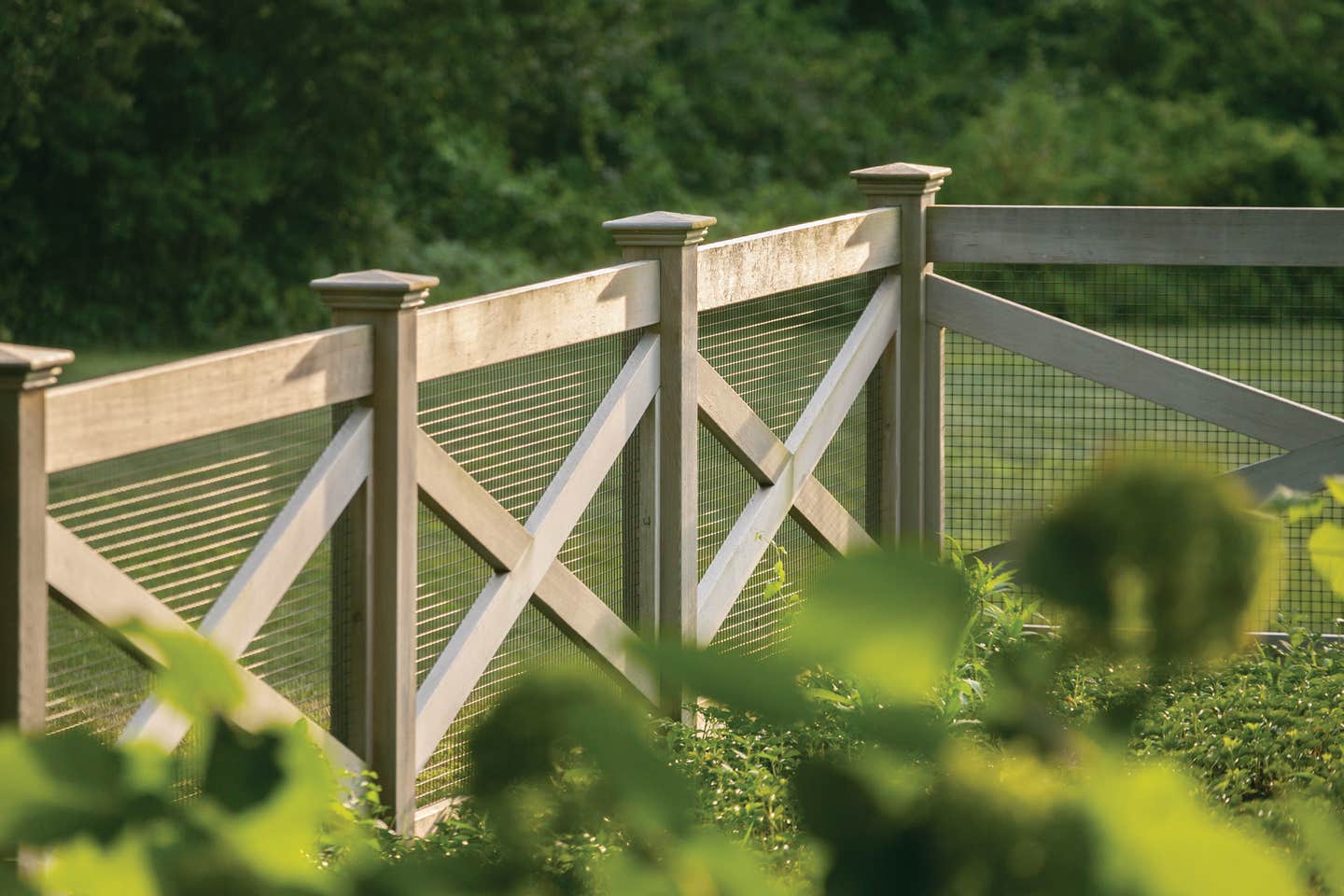
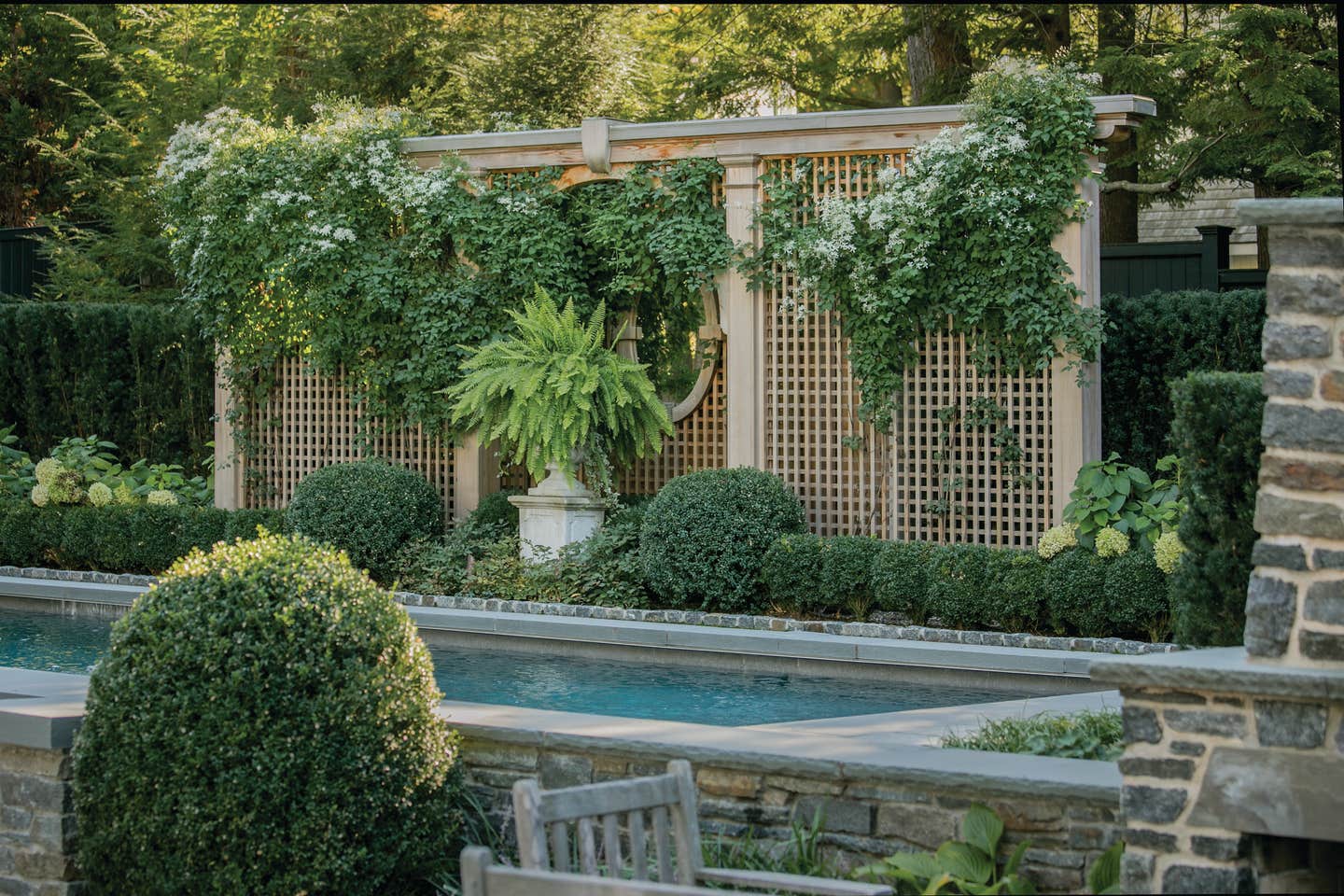
What are some of your favorite Classical gardens?
I admire the work of Charles Platt (1861–1933) and Beatrix Farrand (1872–1959), as well as many other designers who looked toward European and a little more structure—their landscapes engage more with architecture, whereas Olmsted’s were pastoral or picturesque landscapes. Although, his work at the Crane Estate in Ipswich, Massachusetts, is a perfect pairing with the Tudor Revival mansion. I revere Platt’s Italianate-style garden at the Cornish Art Colony in Cornish, New Hampshire, for its clearly defined outdoor space with a strong connection to the natural context. His High Court Garden and The Platt House are also among my favorites. And I respect Beatrix Farrand’s Abby Aldrich Rockefeller Garden in Seal Harbor, Maine. Her style is a pairing of Asian influences with the Maine landscape.
Of course, even though I am focused on New England, wonderful gardens can be found throughout the country, and they are a great resource for information and inspiration.
How do you reconcile Classical design principles with climate-related pressures to create landscapes that are resilient, resource-efficient, low-maintenance, and long-living? In other words, how do you design landscapes for today’s climate—both cultural and environmental?
The goals of sustainability do not need to be at odds with landscape design, they just require us to be more thoughtful. A comfortable, well-proportioned, Classical landscape does not need to be an energy hog. For instance, native plants work well in a cultivated landscape and tend to fulfill the criteria you asked about. They enhance the natural ecology and flourish with less care and maintenance. Looking to context results in natural pairings—the more we draw on native plants, the more sustainable our landscapes are going to be. Thoughtfully designed and crafted landscape gardens are going to last over time.
Culturally speaking, there is a great and growing appreciation for outdoor living. Many of the properties I am called to were built about 50 years ago and they don’t include much outdoor space—the focus was on the houses. Today, access to outdoor space is important to everybody, not just wealthy estate owners. And the Covid pandemic has made even more people realize how important outdoor space is—not only for their own families but also for socializing. The residential landscape has become as important as indoor spaces.
In short, while the American Renaissance and traditional building design inform my work, I also value contemporary approaches to landscape design. And while I am inspired by a broad body of work, I am designing landscapes for today. Sustainability and social equity are two of the most pressing topics of our time. As a designer, I strive to address these challenges. There is much to learn from the past regarding the challenges of today. It’s important to look at both past precedent and new technologies to foster sustainability in the designed landscape.



